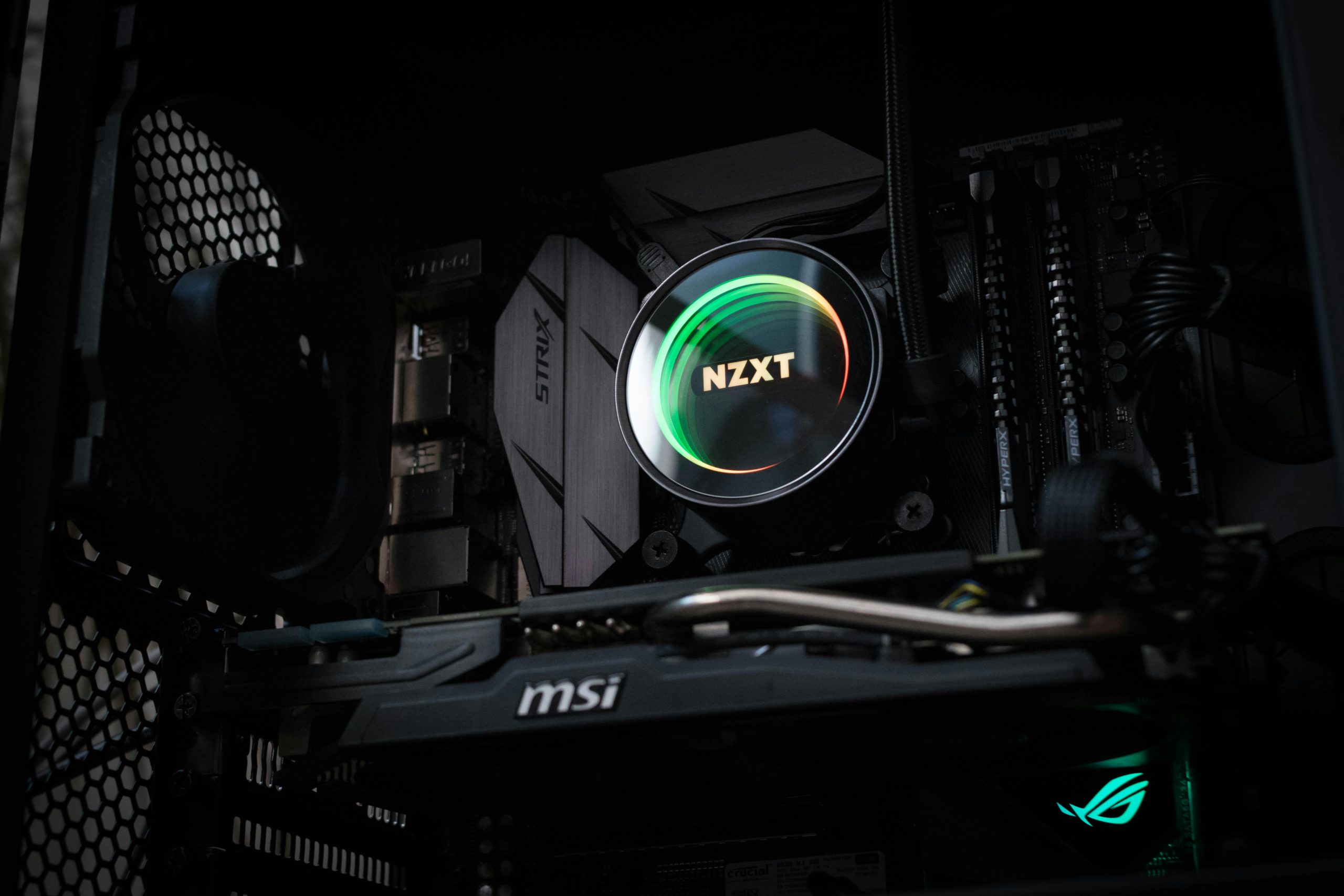Understanding and Addressing High DPC Latencies on the ASUS ROG Strix Scar 15 (G533ZW, 2022)
Introduction
For gamers and power users, a smooth and responsive system is paramount. However, some ASUS ROG Strix Scar 15 (G533ZW, 2022) owners are encountering troubling issues related to high Deferred Procedure Call (DPC) latencies, leading to audio buzzing and occasional game freezes. This article explores these challenges, shares insights from affected users, and suggests potential strategies to mitigate the problem.
System Overview
The ASUS ROG Strix Scar 15 (G533ZW) is a high-performance gaming laptop featuring:
– Processor: Intel Core i9-12900H
– Graphics: NVIDIA RTX 3070 Ti
– Memory: 32 GB RAM
– Storage: Configurable SSDs
– Operating System: Windows 11 Home (Build 26100)
– BIOS Version: 324 (latest as of this writing)
– Graphics Profile: Discrete GPU-only mode with Armoury Crate set to Turbo
Latency Analysis Findings
Using tools like LatencyMon for monitoring system latency, users have identified significant spikes, particularly linked to the ACPI.sys driver. Key observations include:
– Maximum interrupt-to-process latency: approximately 32.3 ms
– Peak DPC routine time: around 33.8 ms (notably associated with ACPI.sys)
– Highest ISR routine time: ~0.44 ms
– Main driver contributing to total DPC time: nvlddmkm.sys (NVIDIA graphics driver)
– Presence of hard page faults, although not deemed the primary issue
Steps Already Undertaken
Users experiencing these symptoms have attempted the following remedies:
– Running Display Driver Uninstaller (DDU) in Safe Mode followed by installing a stable NVIDIA driver version 566.36, along with testing other releases.
– Performing clean installations of Windows 11, ensuring all system and device drivers, including chipset, MEI, audio, Wi-Fi, and Bluetooth, are up-to-date.
– Configuring the system to operate in a turbo performance profile with the MUX set to discrete GPU-only mode.
Persistent Challenges
Despite these efforts, the latency spikes persist. Some stakeholders suspect the root cause may lie within BIOS or Embedded Controller (EC) firmware issues, especially since ASUS ceased BIOS updates for this model in 2023. This points to a potential need for BIOS/EC revisions or specific
Share this content:



